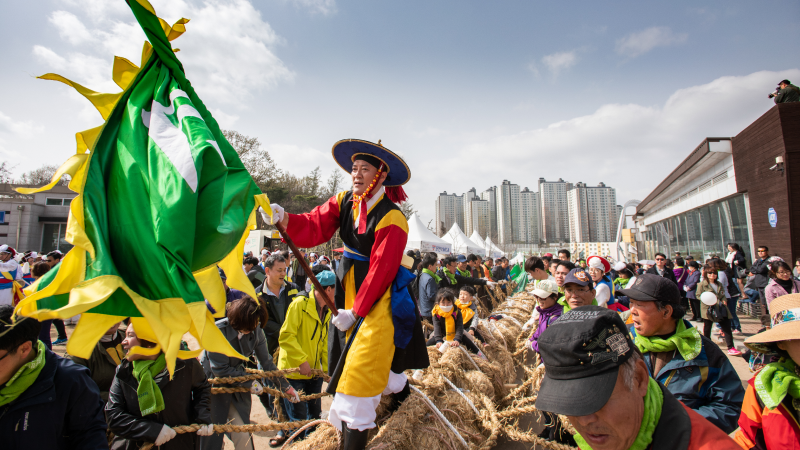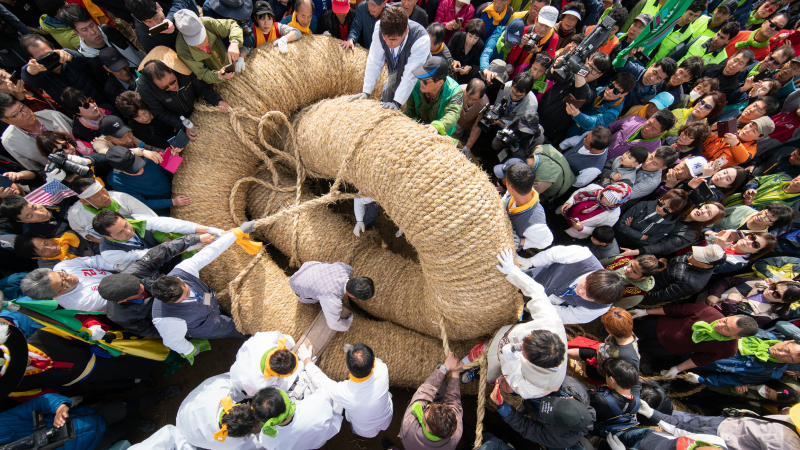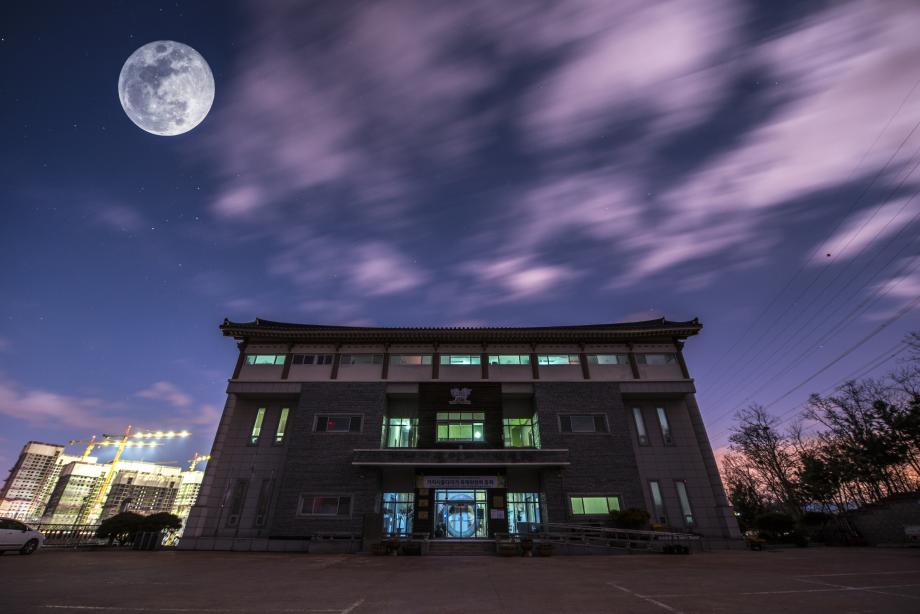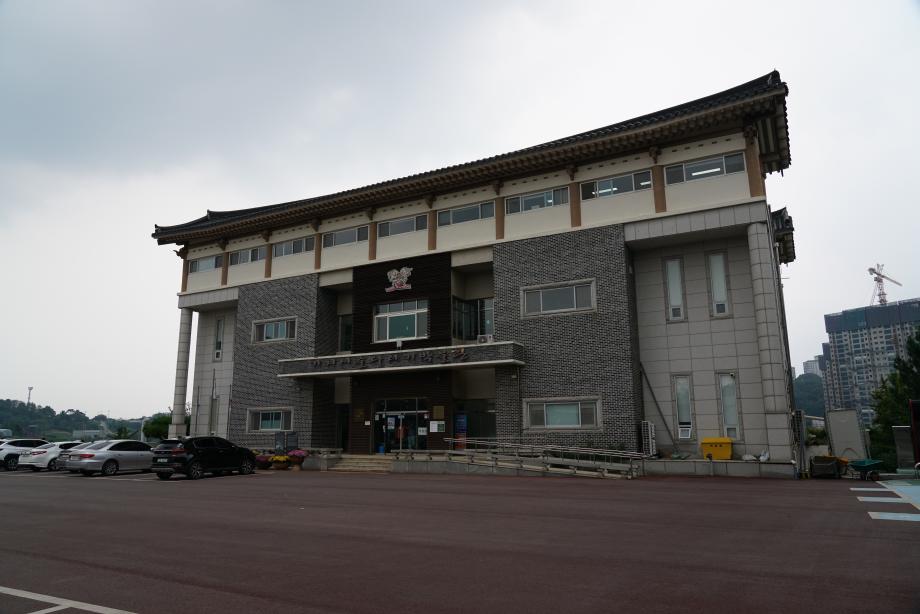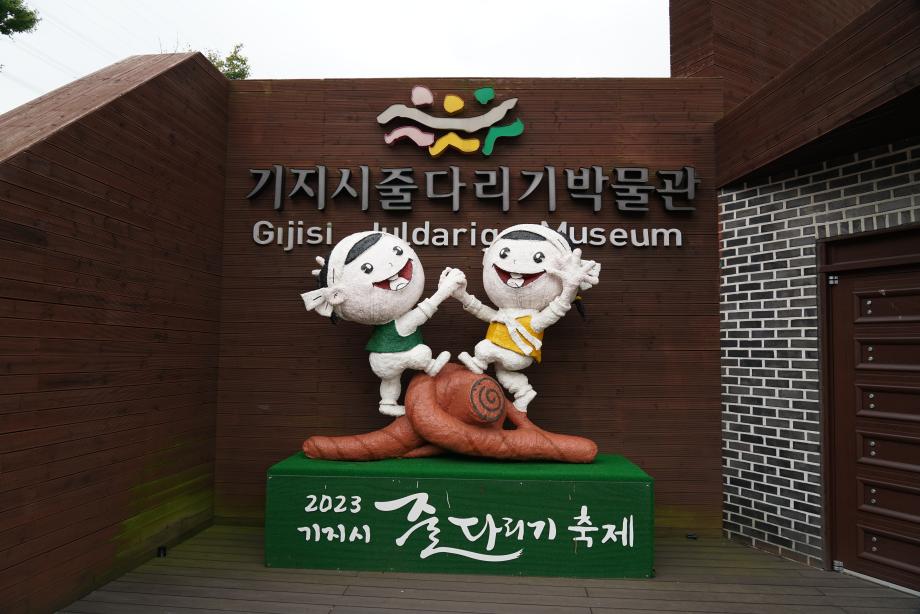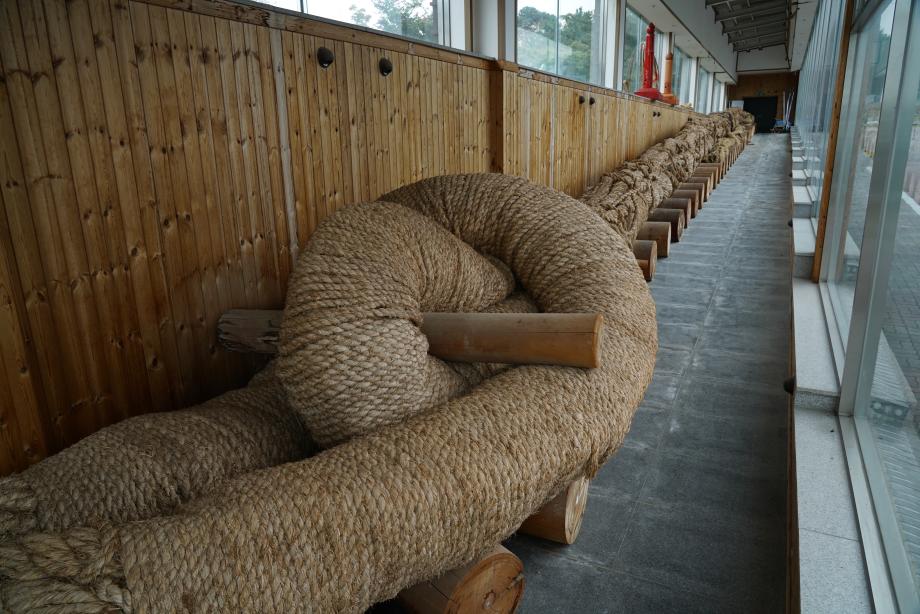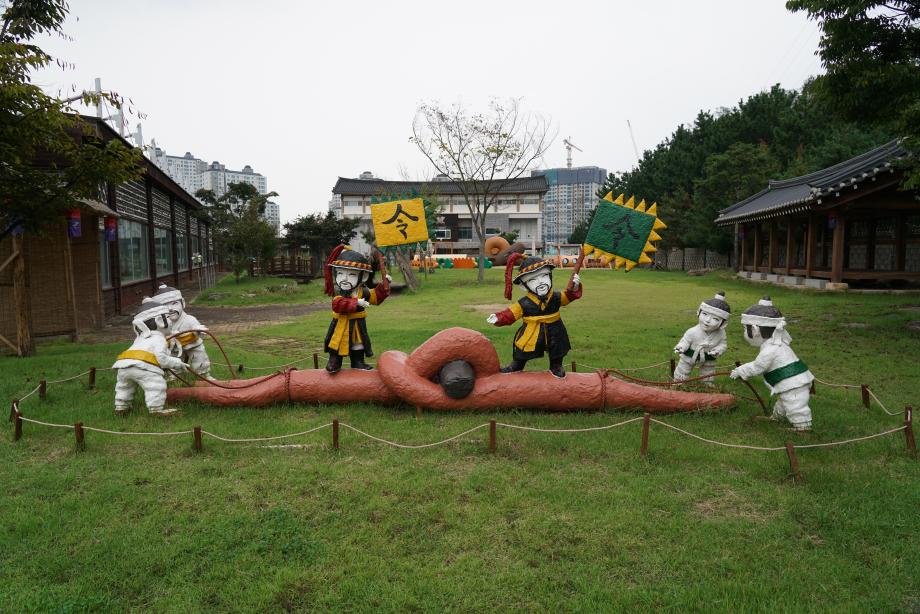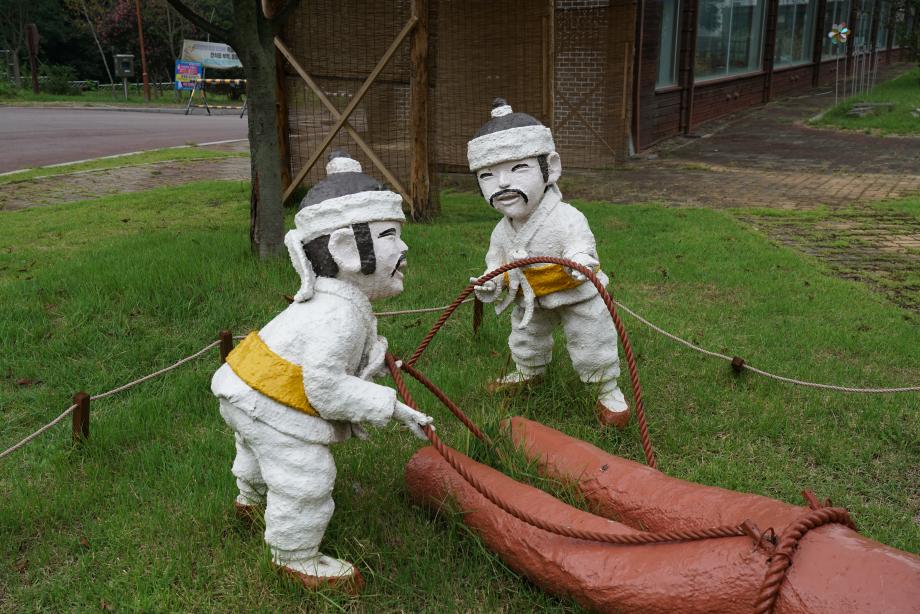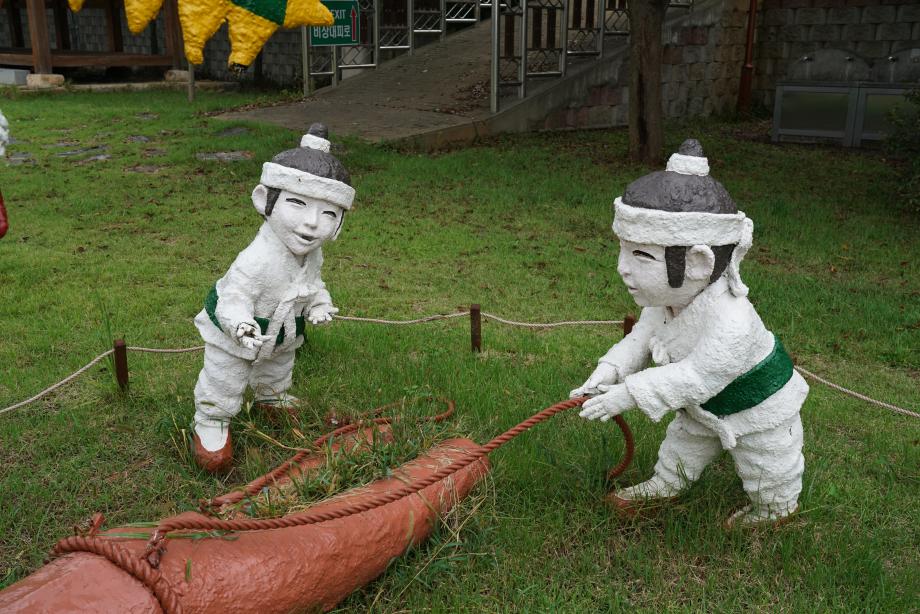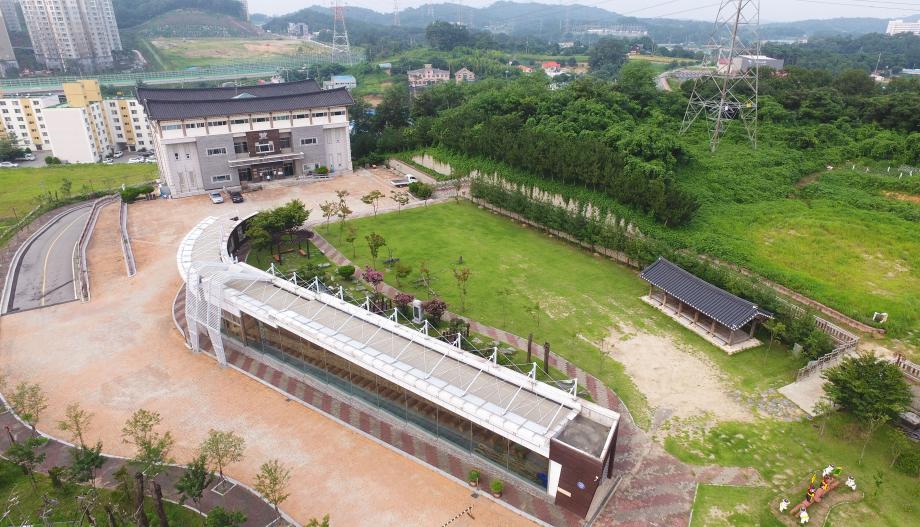본문 시작
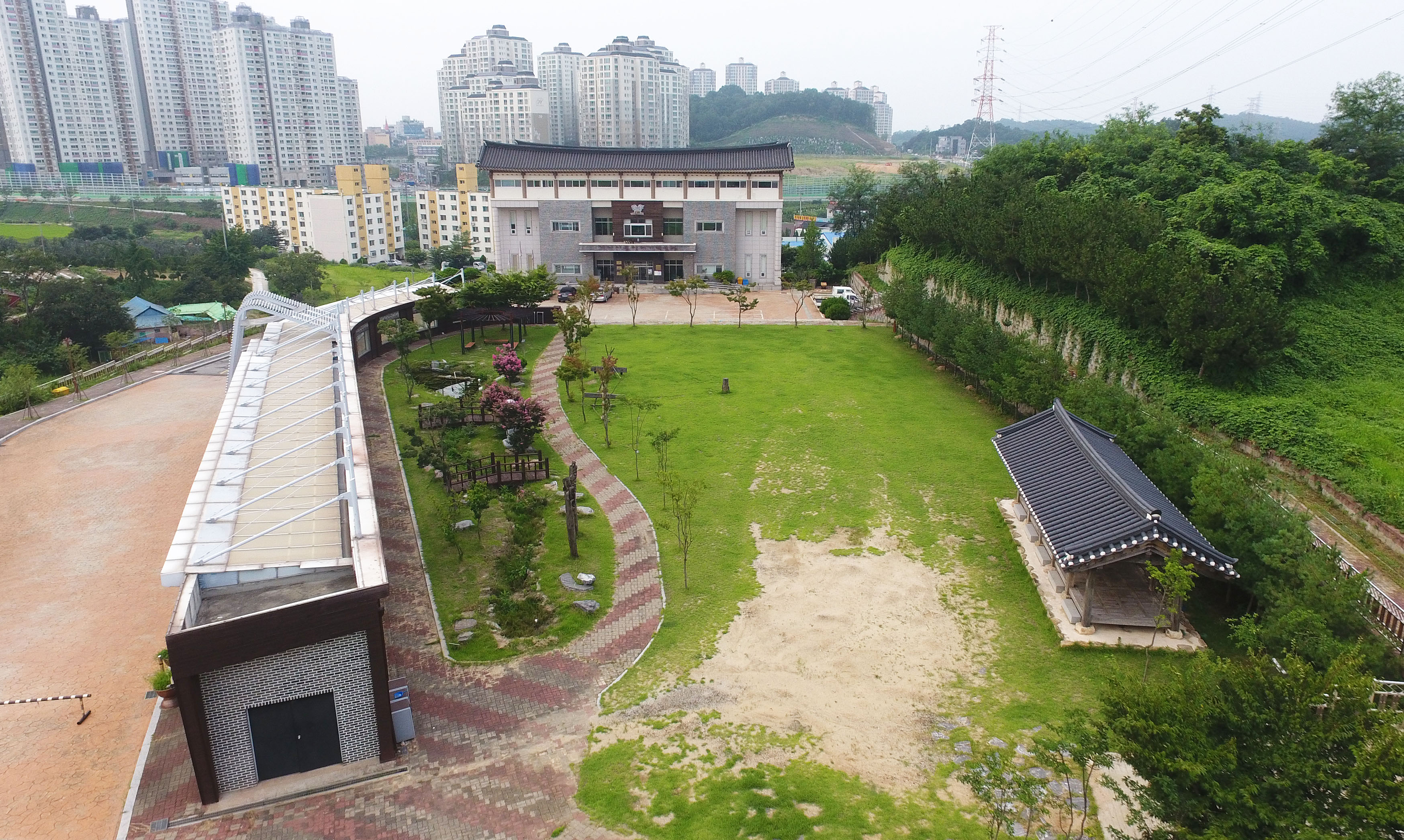
Dangjin-si, Chungcheongnam-do, South Korea
Introduction
Gijisi Juldarigi (Giji City tug-of-war) is a traditional cultural practice that can boast 500 years of history stretching back to the Joseon Dynasty in Giji-si. This is a strategic place for maritime culture, where people from nearby areas gather to perform ancestral ceremonies where they pull ropes to overcome disasters and pray for a good harvest and the peace and well-being of the country. Using 40,000 bundles of rice straw, the residents spend over 40 days weaving the world’s largest rope 200m in length, 1m in diameter, and 40 tons in weight. And over 100,000 people participate in pulling the rope for juldarigi around the beginning of March in the lunar calendar. It is said that if the upper village wins this tug of war, the whole country will be at peace, and if the lower village wins, there will be a good harvest. Various folk events such as national traditional music competitions and ssireum (Korean wrestling) competitions are held along with a variety of other entertainments. For this reason, in 1982 Gijisi Juldarigi was designated as National Intangible Cultural Heritage No. 75. In addition, UNESCO registered it as part of the Intangible Cultural Heritage of Humanity in 2015. The event continues to grow not only as Korea's representative folk festival but also as a global folk festival.
Gijisi Juldarigi, which started in an agricultural society about 500 years ago, has developed in combination with market folk rituals and fishing village culture. It is a representative folk ritual of Korea that has been passed down through the generations even when the country was under Japanese oppression. In April 2011, the Gijisi Tug-of-War Museum opened allowing the public to take a closer look at this tradition. The museum has three floors above ground and is equipped with a permanent exhibition room, a special exhibition room, an experience hall, an auditorium, a meeting room, a preservation society office, an outdoor rope exhibition hall with a life-size rope display, and a Juldarigi (tug-of-war) demonstration hall. The permanent exhibition reproduces the geographical background of the origin of Gijisi Juldarigi, folk relics from Dangjin's farming villages, fishing villages, and markets, the julteul (rope frame) a unique tool for making the special rope and the rope-making method, a model of the Guksudang Shrine used for Dangje ceremonies, and the appearance of Giji Market in the 1970s. The permanent exhibition also displays 300 related relics such as agricultural tools and materials related to juldarigi in each village and also covers the activities of the preservation society and festival committee that have preserved and passed down Gijisi Juldarigi.
The exhibition’s displays concern not only Gijisi Juldarigi, but also the distribution and characteristics of tug-of-war in Korea and around the world. It also informs visitors that tug-of-war once was an Olympic event. In addition, a rope-making experience, a rope-weaving experience, a juldarigi experience, Daljip Soji (Daljip wishing paper) writing, etc. are linked to video displays, making it a popular place for experiential learning for children and students.
The Gijisi Juldarigi Festival, registered as a UNESCO Intangible Cultural Heritage of Humanity, is a traditional cultural festival that attracts a lot of tourists.
Gijisi Tug-of-War Museum
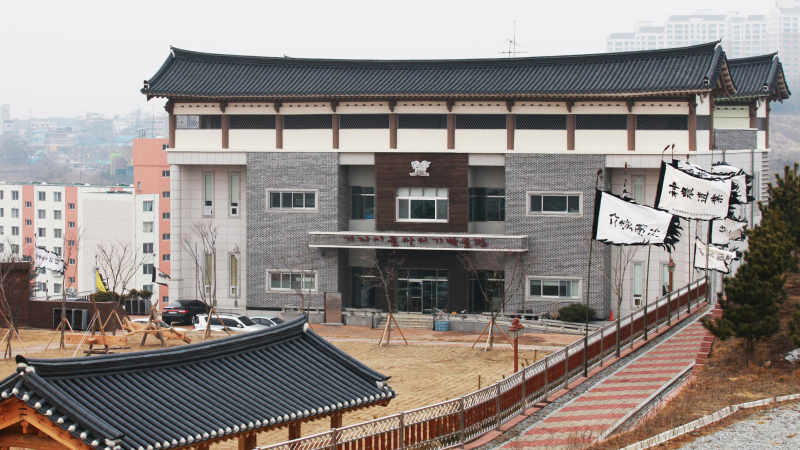
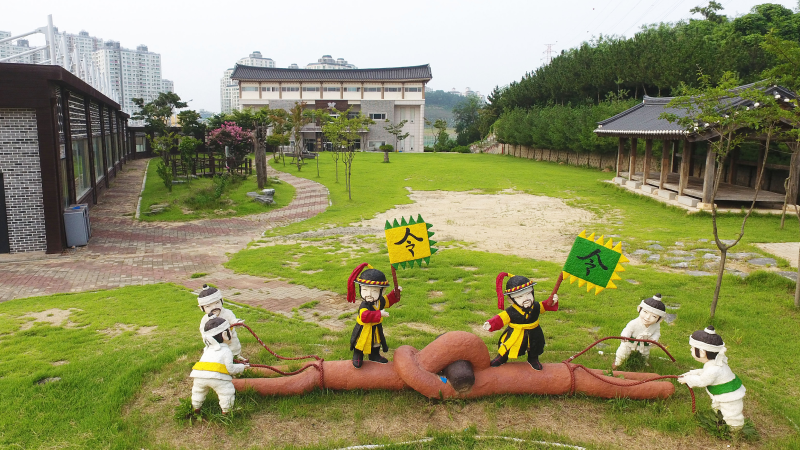
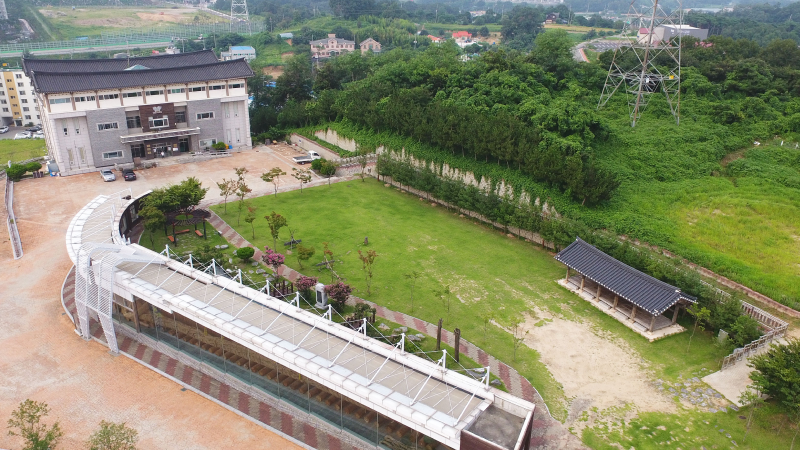
You can learn about the history of Gijisi Juldarigi and follow this up with related experiences
